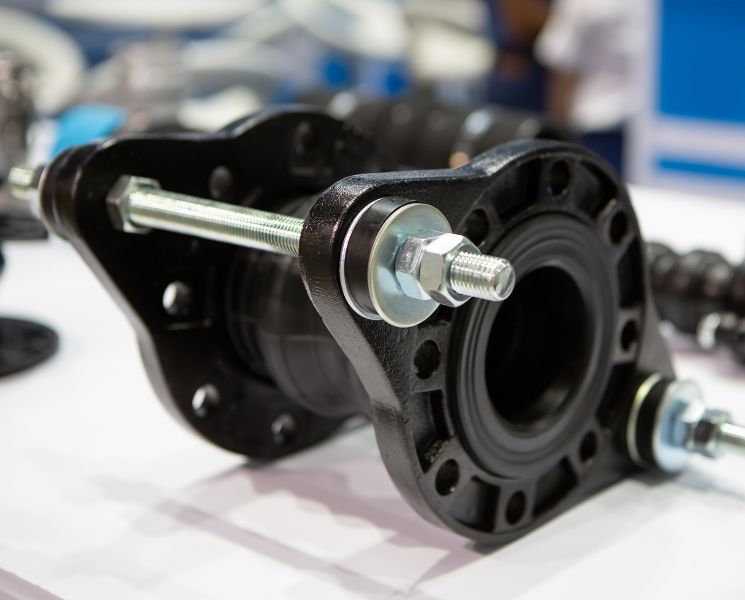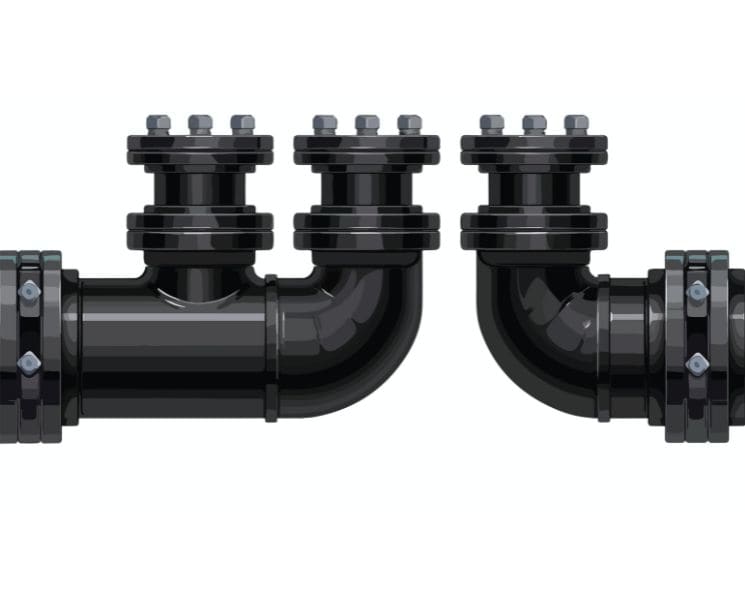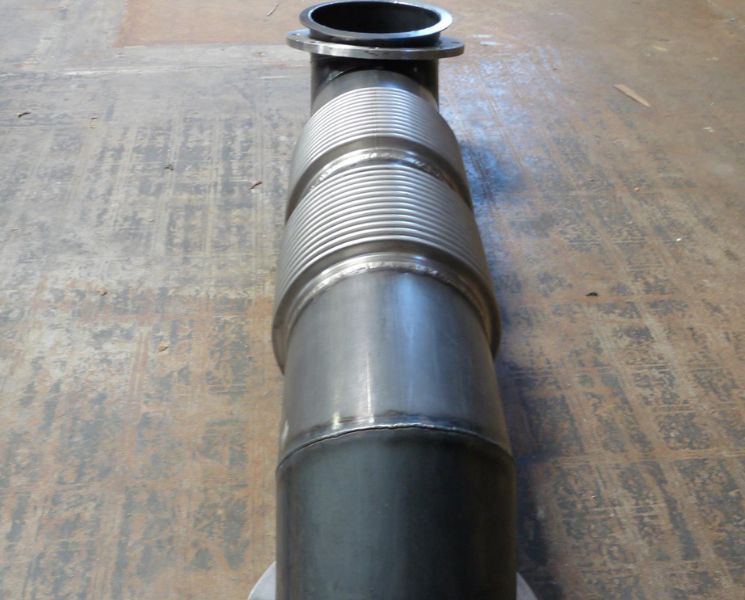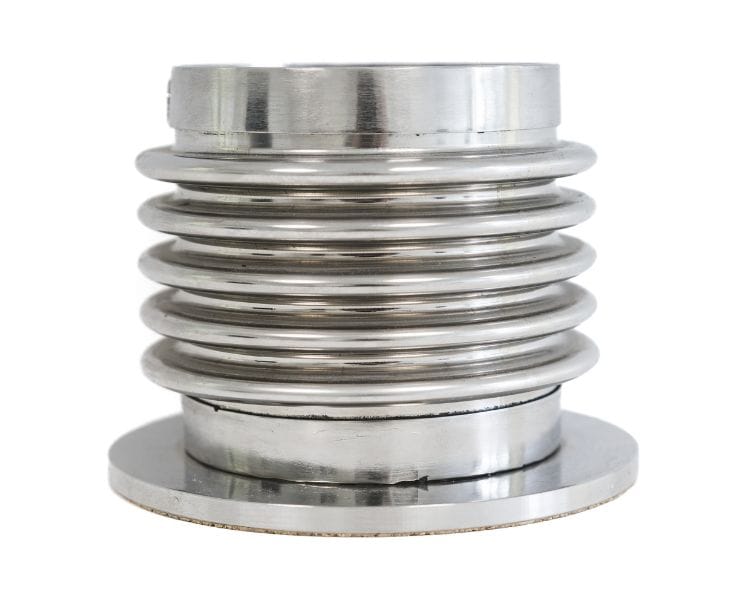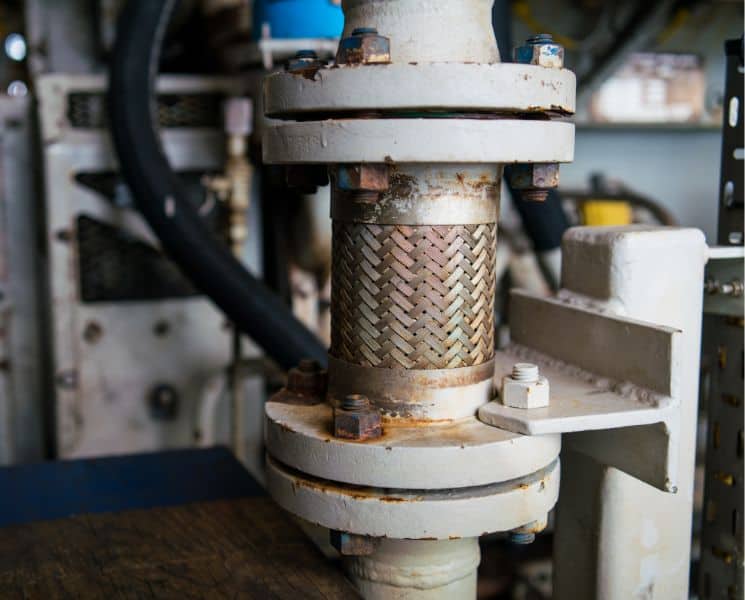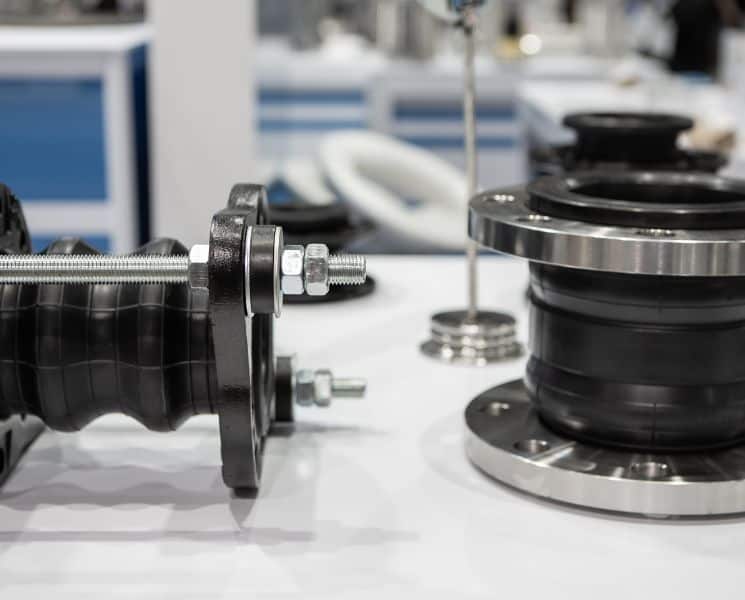Regardless of the pipe material you use during a project, one aspect remains true: the effect of thermal expansion and contraction on the system. This relatively natural change can shift pipework, prompting the use of remedies to alleviate pressure.
While thermal expansion and contraction are inevitable in many projects, you can reduce their effects by designing and installing the correct expansion joint. Delve into why the shape of your expansion joint matters and how different expansion compensations may affect your system.
Oval
Oval expansion joints are common in low-pressure ducting systems and absorb all thermal growth. Similar to a circular joint, the oval compensator adds flexibility in short pipe runs and absorbs vibration in systems connected to blowers and fans.
Axial
Axial expansion joints are simple forms of pipe expansion compensators. These flexible devices have a flange end or butt weld end that facilitates the absorption of axial movement associated with compression and extension.
Axial joints don’t have the capability to limit internal pressure thrusts, so it would also help to incorporate pipe guides and supports to prevent the system from bucking during compression.
For this type of equipment, feel free to contact us at Triad Bellows so that we can help you start.
Rectangular
You’ll notice rectangular joints in similar applications as oval expansion joints and more. Rectangular joints also see use in cement, petrochemical, refining, and steel industries.
These types of compensators can absorb axial and lateral movements while mitigating displacements from thermal expansion, supporting main anchors throughout pipework.
While reducing the detrimental outcomes experienced during thermal expansion and contraction is the ultimate goal, the shape of your expansion joint and how you incorporate it into a system matter. Remember to include features such as offsets, expansion loops, and changes in direction to help absorb expansion without exceeding the material’s threshold.

